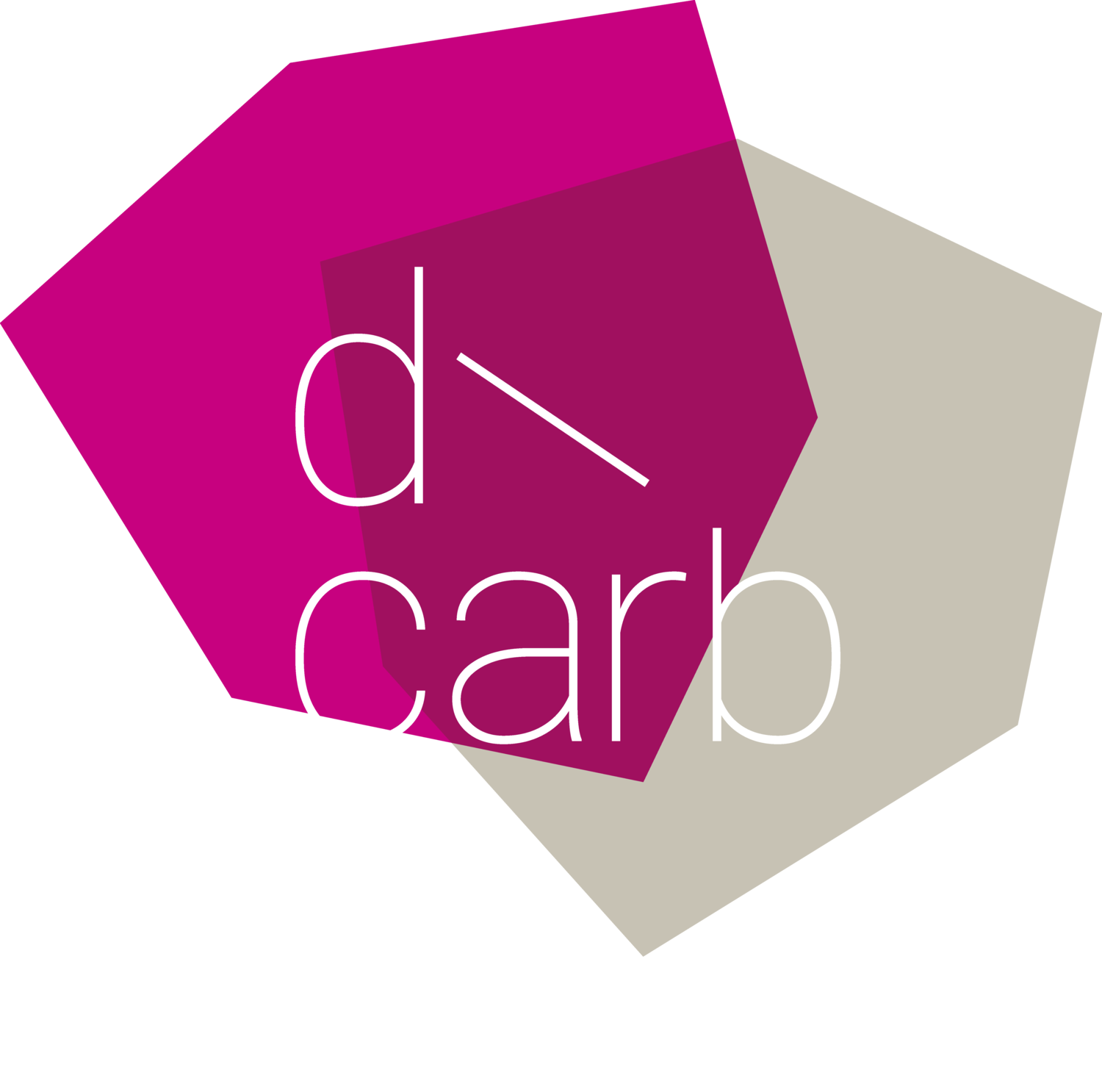How future-proof is the European Green Deal really?
Antoine Colombani: providing a summary of the Green Deal
Antoine Colombani gave an introductory summary of the purpose and goals of the European (EU) Green Deal. He highlighted that it is a whole-of-government approach to achieve several goals, including climate neutrality by 2050, biodiversity and decoupling growth from resource use. All this shall be achieved while keeping a very close eye on social justice during the transition. The EU Green Deal has various measures to achieve its goals. These include, but are not limited to, the following: tightened carbon pricing, extending emissions trading to the aviation and maritime transport sectors, and to buildings, tackling the energy sector by increasing the share of renewable energy to 40% by 2030, and provisions of infrastructure for electric cars. Concluding, Mr Colombani stated that it is a significant and challenging transition for society at large and emphasized that those citizens most affected by the change and transition shall remain at the heart of all policies.
Ulrike Herrmann: highlighting the financial short-sightedness of the Green Deal
Ulrike Herrmann started by pointing out that several of its aspects of the EU Green Deal are comprehensive and ambitious. She highlighted the European Commission’s Covid economic response fund as progressive, as 1/3 of the budget is intended to deal with climate protection. However, she then discussed three points of critique on the Green Deal. First, the money pledged is neither enough for climate protection nor enough to handle the aftereffects of the Corona crisis. Second, the debts that have been taken up need to be paid back and it remains questionable where this money shall come from. Third, the whole idea of the EU Green Deal is based on the idea that green growth, as the decoupling of resources from growth, is even possible. She thinks that this is illusionary.
Prof. Claudia Kemfert: energy needs to be emission-free and used efficiently
Prof. Claudia Kemfert also highlighted that the EU Green Deal goes in the right direction, being a good framework to reduce emissions. However, she mentioned several points that are important to a sustainable future which the Green Deal does not deal with sufficiently. First, there are shortcomings on how the measures will be implemented, monitored and how they will be adjusted if they show to be insufficient. Second, 100% of energy needs to come from renewables and be used efficiently, including in cars, railroads, or heating. Third, Prof. Kemfert stated that European countries must focus on emission-free technology. Therefore, it a clear taxonomy is required to determine what is truly emission-free.
Three insights from the discussion with the audience
The discussion mainly focused on the role of energy as clean energy politics are at the heart of the EU Green Deal’s green growth vision:
Everyone supports renewable energy sources. However, controversy persists on how renewables will be able to provide all the energy needed, at all times of the day, how it shall be mixed with fossil, nuclear or coal, and how energy can be stored.
The current situation of high energy prices highlights that energy shortages can deeply affect households. In the short run, this needs to be solved by policies; but in the long run, the transition away from fossil fuels may provide the solution.
Choosing between taxes and energy pricing as policy tools remains a difficult trade-off as all those options have pros and cons. Different proposals include a regulated fossil fuel price via a duty and a minimum price for CO2 to prevent non-investments by companies.

